The CVI Range also measures difficulty with visual complexity, distance viewing and novelty.
The characteristic of difficulty with visual complexity is divided into 3 distinct categories:
Visually responding better to objects of a single color or with simple patterns only (Roman-Lantzy, 2007). For this portion of the assessment we may ask families to send in favorite objects/items from home to help us determine what they like to look at in the home.
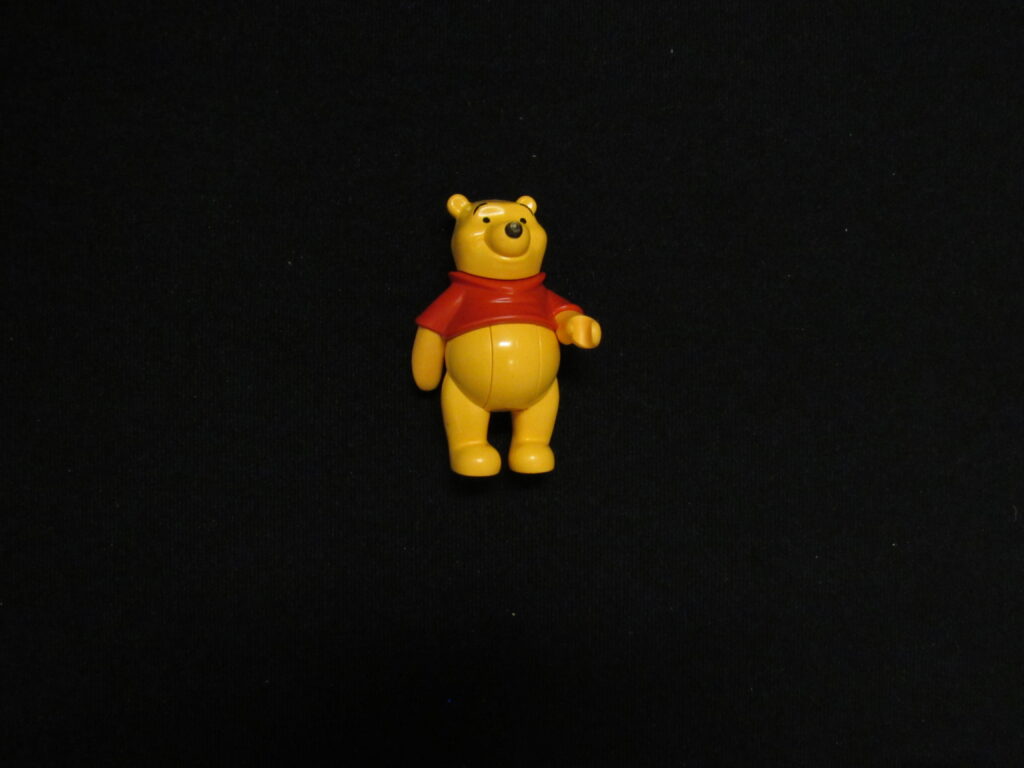
This is a favorite toy from a student’s home. It is noted that the toy has 2 colors. It is used throughout The CVI Range as appropriate (e.g., against different color array backgrounds).
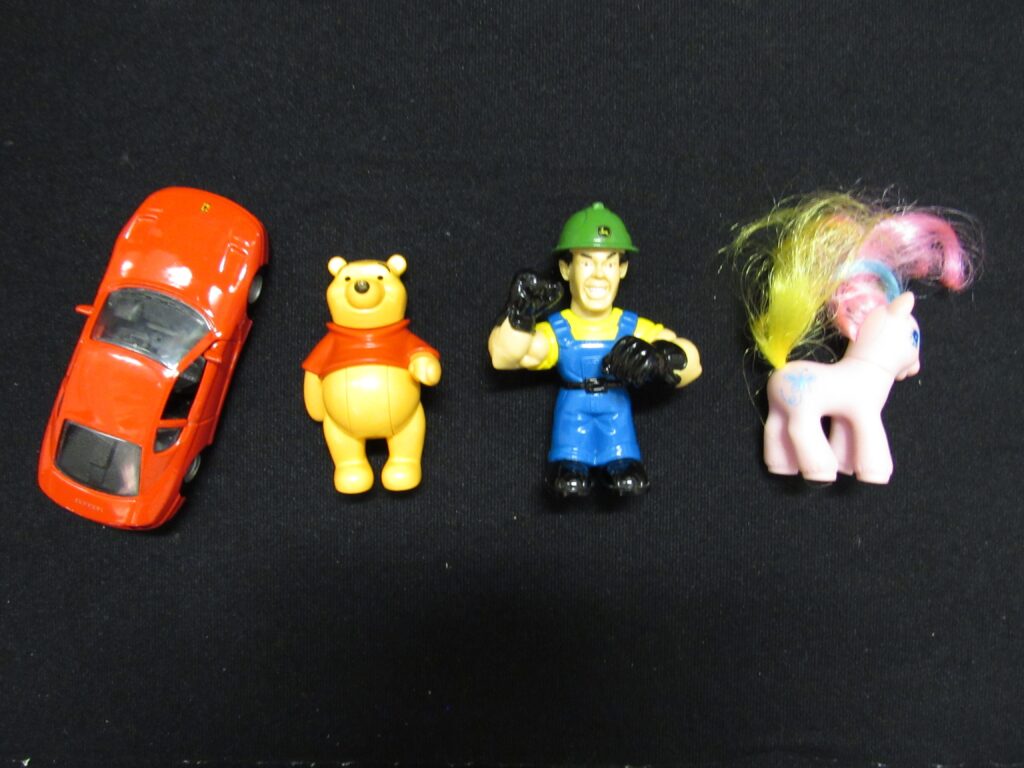
Objects with 1, 2, 3 and 4 colors are used to assess viewing object complexity.

Faces are some of the most complex targets to view. When appropriate, photographs of faces and a mirror to assess recognition of faces is used. Much of the information needed to determine whether or how a child regards familiar and unfamiliar faces can be gleaned from the parent interview and classroom observations.
How much background clutter or crowding with other objects can be present while still being able to see and identify the target object.
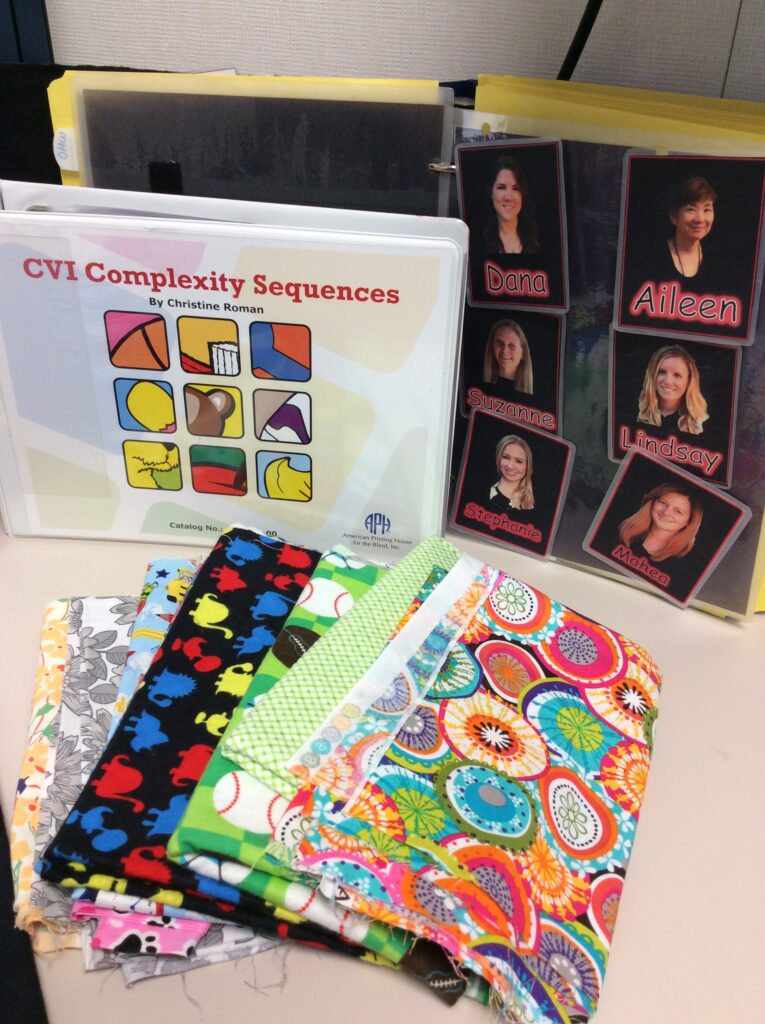
Different patterned and colored fabric, photos, and complexity cards are used to assess viewing visual complexity.
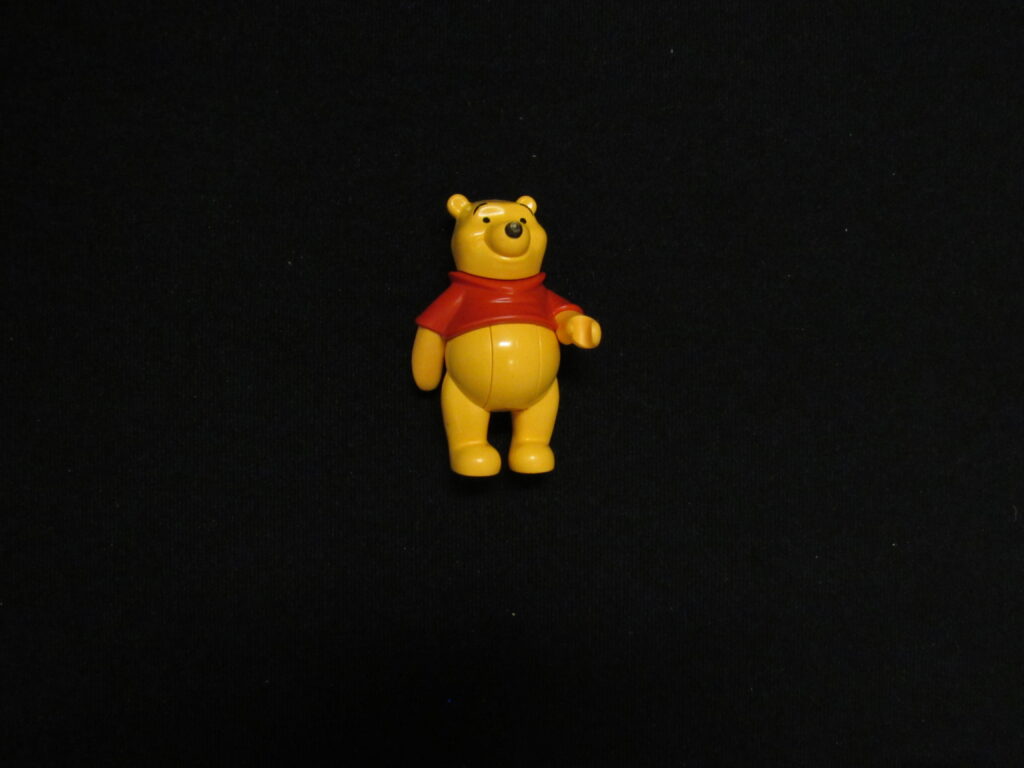
A sequence illustrating the increasing complexity of a background array with a 2 colored object. (Picture 1)
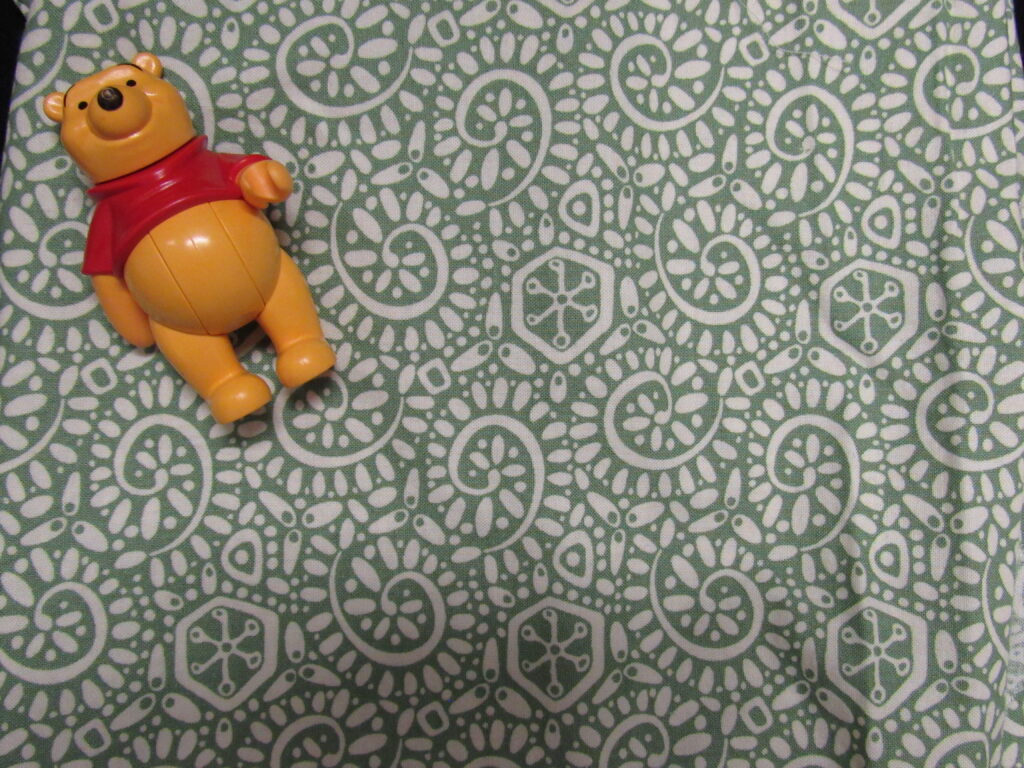
A sequence illustrating the increasing complexity of a background array with a 2 colored object. (Picture 2)
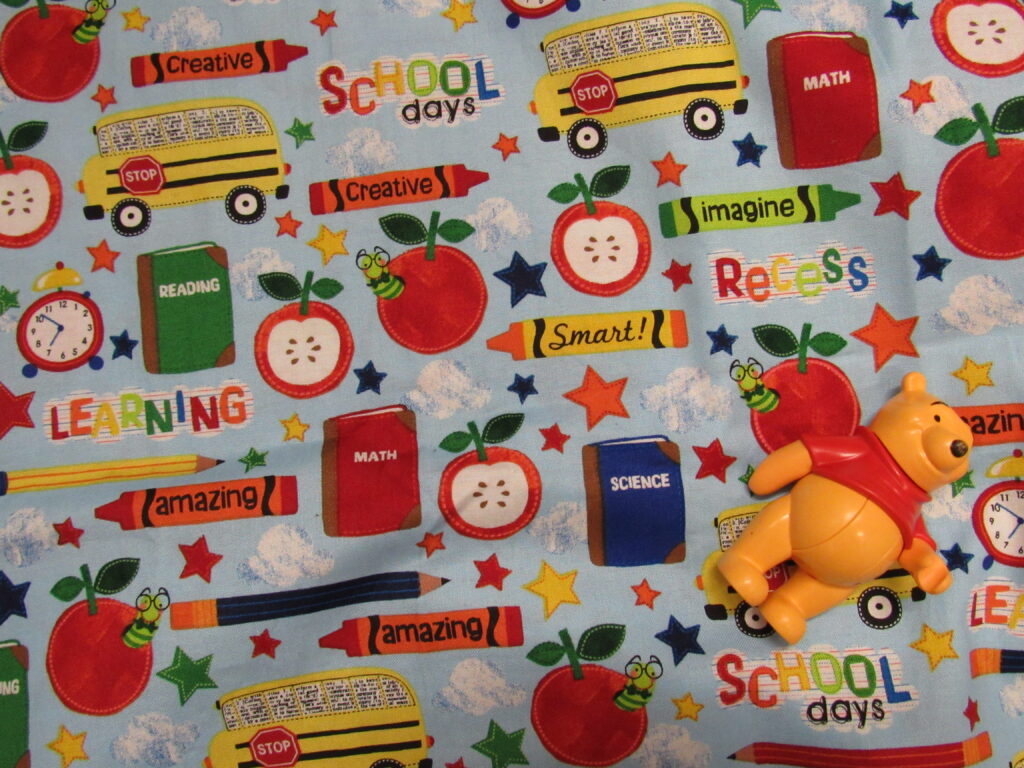
A sequence illustrating the increasing complexity of a background array with a 2 colored object. (Picture 3)
This student views an unfamiliar toy presented against an increasingly complex array. She finds the toy against a 2 color background. She finds the toy against a 4 color background, but it is much more difficult, indicating the background array may be a bit too complex when viewing unfamiliar objects.
Note: This video does not have audio.
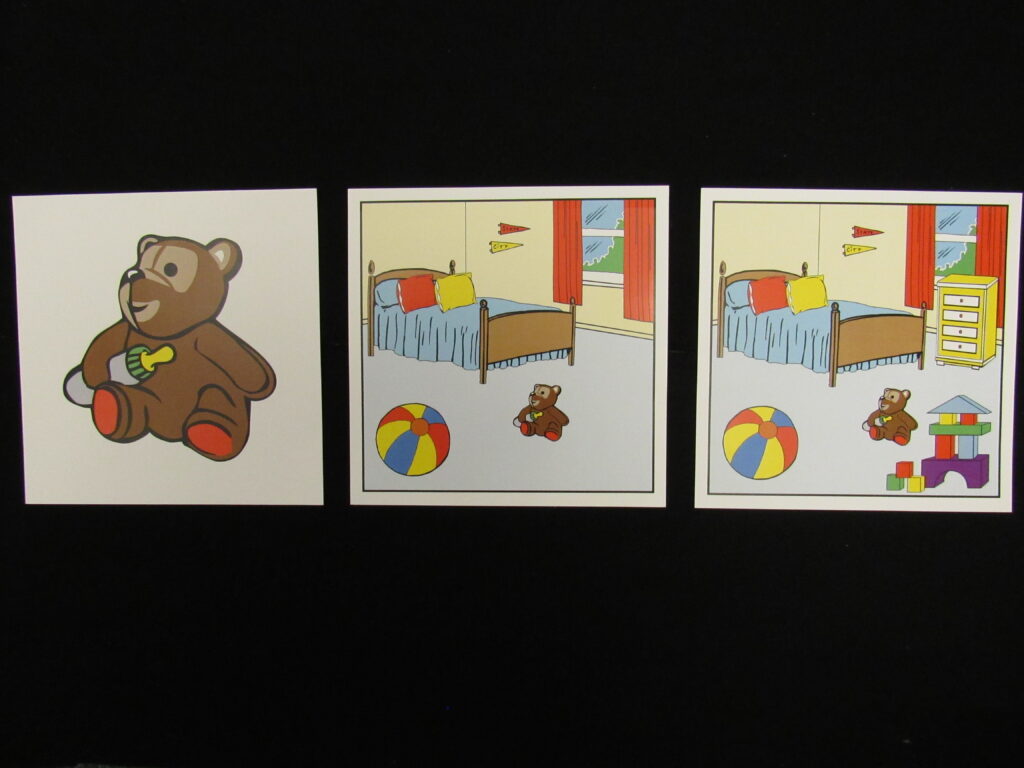
In this sequence, the student is asked to find the teddy bear in increasingly complex displays. CVI Complexity Sequence Cards, available for purchase from the American Printing House, will help determine the amount of crowding and complexity the child can tolerate.
The degree to which competing sensory input (e.g., hearing, touch) interferes with the ability to activate vision.

One way to assess how background noise impacts a student’s ability to view objects is to turn on a song while asking the student to view an image on the iPad. Then turn off the sound and note if there is any difference in the viewing pattern. Quiet wait time may be necessary to help the student successfully view an object.
The distance at which objects are visually viewed and regarded.
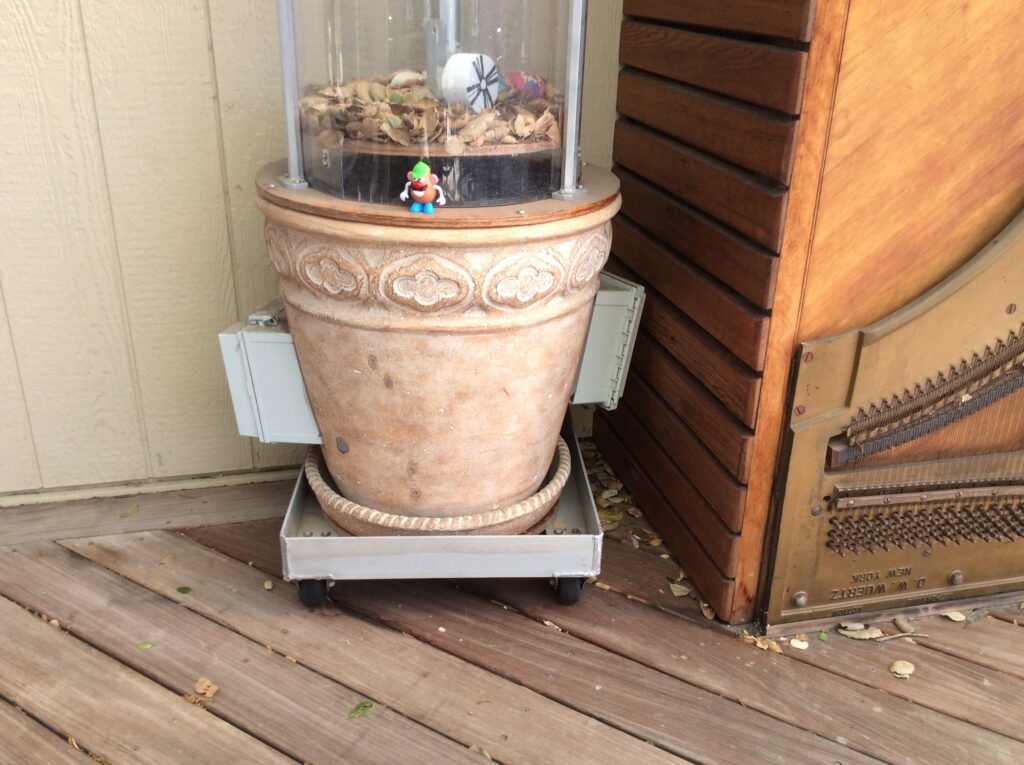
Example of how we measure this: Throughout the assessment the student was observed visually targeting objects within 1 foot. In order to test for distance viewing several objects were placed in the garden and she was asked to find them at 2 feet, 4 feet, and 6 feet.
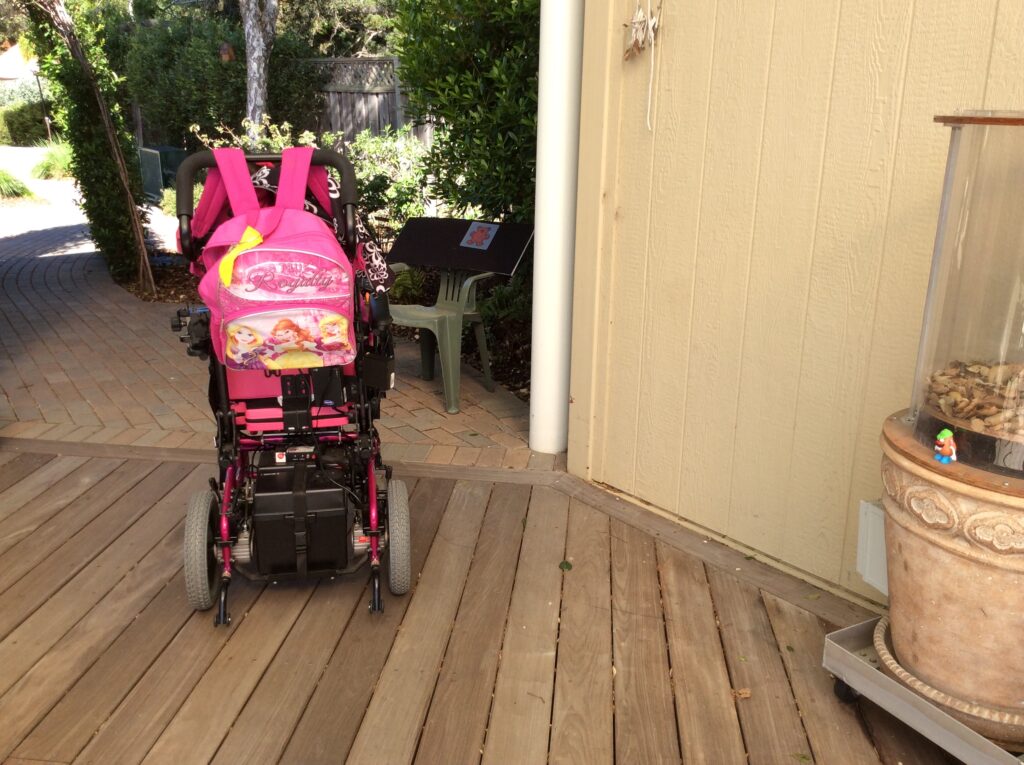
She turned on her power wheelchair and was instructed to drive around the garden and stop when she sees a toy. She was able to find unfamiliar toys at 2 feet, 4 feet and 6 feet.

She was able to find unfamiliar toys at 2 feet, 4 feet and 6 feet.
In this video the student visually finds the object placed on the garden table from about 4 feet away.
Showing a preference to look only at known or familiar objects or demonstrating visual curiosity towards an object.
In this video an unfamiliar object is hidden in the garden. The student is asked to drive around the garden and stop when she sees a toy. The student visually finds and regards this unfamiliar toy and alerts her teacher. Another student when asked to do the same task and prompted where to look, continued looking at the teacher rather than the unfamiliar environment and toy.
Supplies needed to assess these characteristics:
Other characteristics measured by The CVI Range include visual reflexes and visually guided reach. Given the physical needs of our students and our background training we do not measure these characteristics in our assessment.